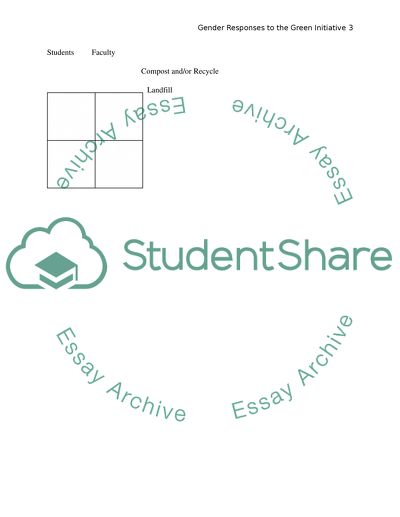Cite this document
(“Gender Response to the Green Initiative Research Paper”, n.d.)
Gender Response to the Green Initiative Research Paper. Retrieved from https://studentshare.org/psychology/1403526-gender-response-to-the-green-initiative
Gender Response to the Green Initiative Research Paper. Retrieved from https://studentshare.org/psychology/1403526-gender-response-to-the-green-initiative
(Gender Response to the Green Initiative Research Paper)
Gender Response to the Green Initiative Research Paper. https://studentshare.org/psychology/1403526-gender-response-to-the-green-initiative.
Gender Response to the Green Initiative Research Paper. https://studentshare.org/psychology/1403526-gender-response-to-the-green-initiative.
“Gender Response to the Green Initiative Research Paper”, n.d. https://studentshare.org/psychology/1403526-gender-response-to-the-green-initiative.


